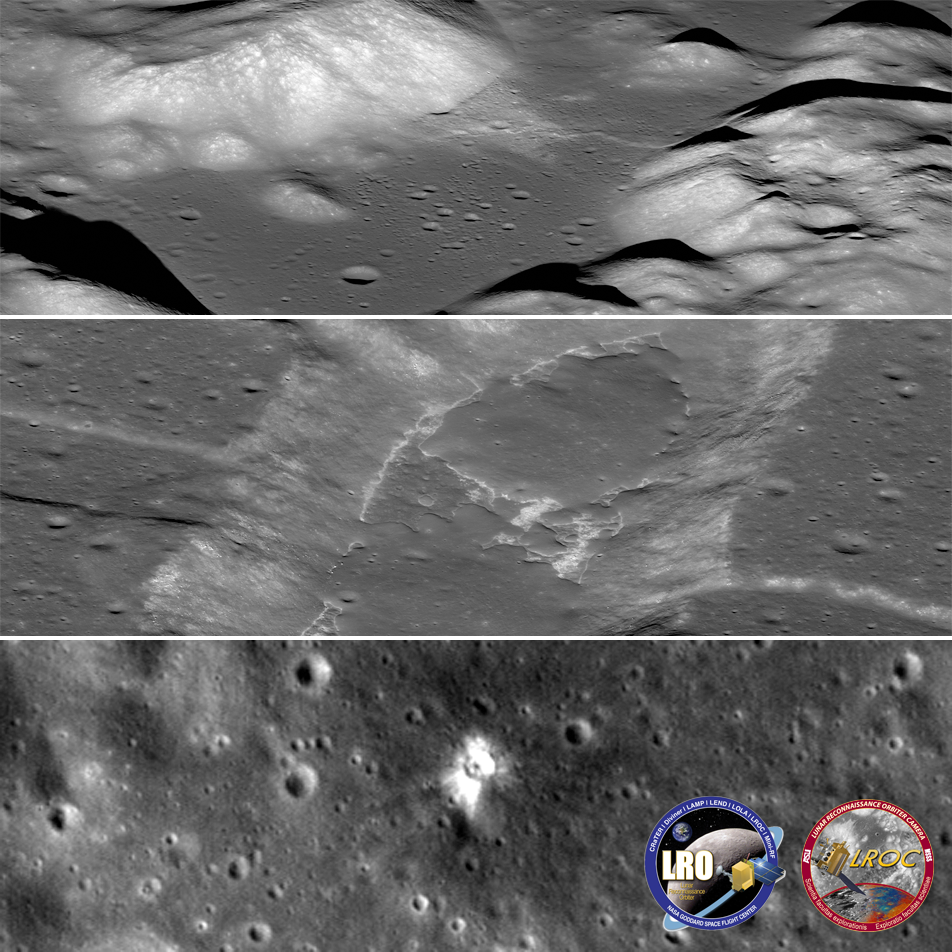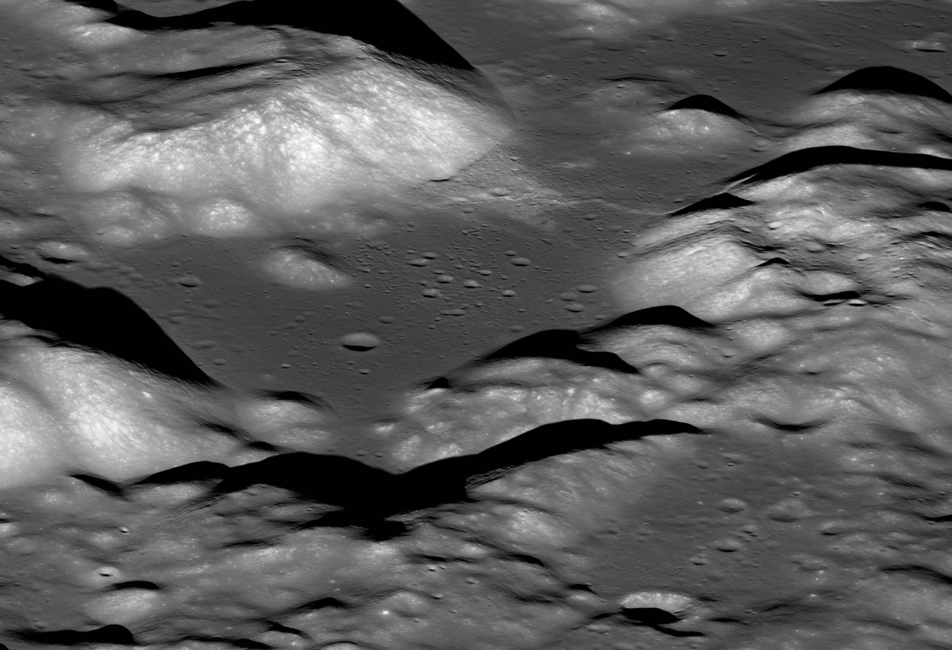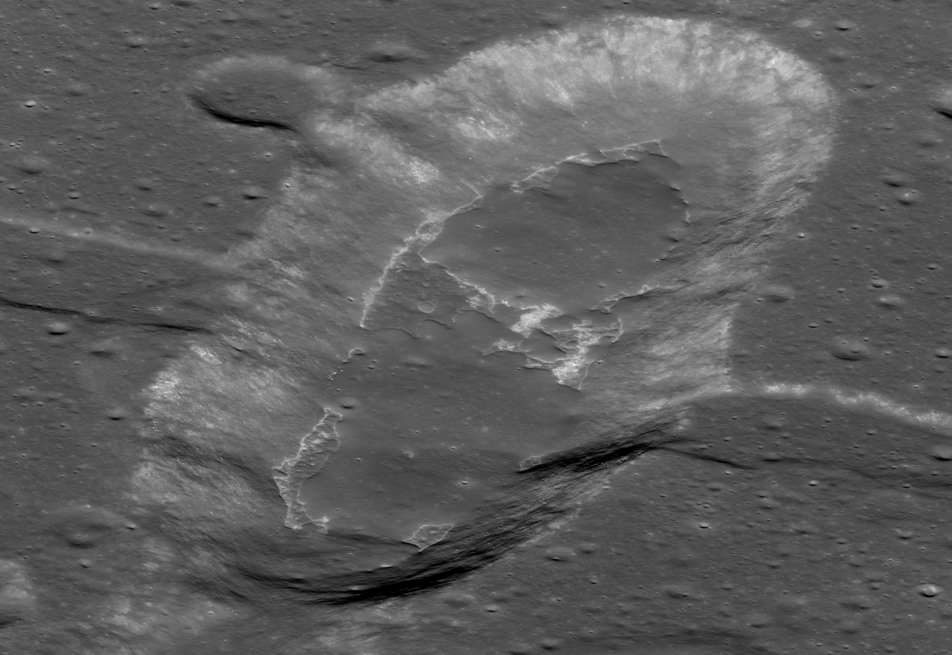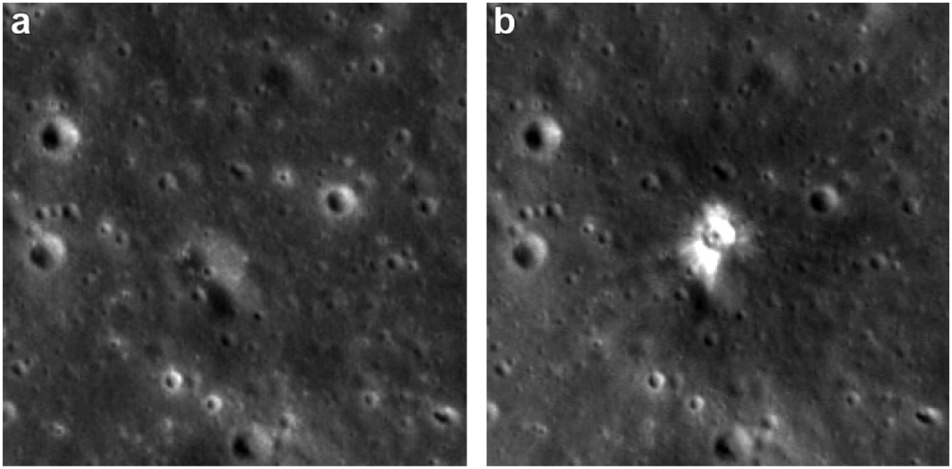
Every two years, ongoing planetary science missions submit extended mission proposals to NASA to keep the spacecraft running (funded that is). Though the spacecraft and instruments of course remain the same, in a sense these extended missions are new – with new science goals and observation objectives. Extended missions can range from visiting a new target body to repurposing a spacecraft to continue exploring the same body. In the latter case the LRO team proposed a new set of coordinated observations as part of our next extended mission that will see the spacecraft through October 2018 (in the spring of 2018, the LRO team will submit another extended mission proposal). The just funded extended mission is called the LRO Cornerstone Mission.
The Cornerstone Mission concept comes from the idea that the Moon provides a cornerstone upon which our understanding of many planetary processes is based. The Moon is the only planetary body besides Earth where we have visited a variety of sites to answer specific scientific questions, explored the geologic context of those sites and returned samples, and then used the knowledge gained to interpret a host of global remote sensing observations collected over subsequent decades. Our detailed knowledge of the Moon informs our understanding of how planets evolve, including crustal formation, volcanic activity, alteration by the space environment, and the rate of impact bombardment though time. Here are a few examples of the kinds of questions the LROC team will be focusing on during the Cornerstone Mission:
What is the chronology of early basin formation? Our understanding of the relative order of the formation of the Moon's biggest impact basins – like Crisium, Serenitatis, and Imbrium – may not be as good as we once thought. The conventional wisdom is that after the Serenitatis basin formed, only three other basins formed in the interval of time before the Imbrium basin formed. New studies using LROC data suggest that actually up to 25 basins may have formed in that same time interval! But how long did that period of time last?
Some samples collected by the Apollo 17 mission are impact melt rocks created during a huge basin-forming impact. If that basin was Serenitatis, all of those huge impact events occurred within about 50 million years - a tiny fraction of geologic time. That many impacts during such a short period of time would signify a huge and unique spike in the impact rate (or cataclysm) that occurred not just on the Moon, but on Earth also.
On the other hand, what if the Apollo 17 samples do not date the formation of the Serenitatis impact event, even though they were collected at the rim of the Serenitatis basin? Some researchers have suggested that those samples instead came from the Imbrium basin, because its ejecta is so widespread over the lunar nearside. If that is the case, then we really don't know the interval of time over which those 25 basins formed! Maybe the impacts were spread over hundreds of millions of years, and not focused during such a short period of time. This would be a huge shift in our current thoughts on the early Solar System.
The LROC team will collect special observations designed to help make a solid case for the relative stratigraphy of the major impact basins, and provide observations that can be used to help guide future sample return missions to the best landing sites to collect samples from those basins. The chronology of the early Moon is used as a basis to understand events that were unfolding across the Solar System. Are these big impact events evidence that the migration of the giant planets in the outer Solar System caused chaos for the inner Solar System? Just how cataclysmic was the late heavy bombardment? Great questions, check back in two years!

How has lunar volcanism evolved over time? The LROC team will explore ancient volcanic puzzles, including unusual volcanic materials such as those that may exist at the Apennine Bench Formation near the Apollo 15 landing site. The Apennine Bench Formation may be the only in-situ surface exposure of KREEP basalts, an important but scarce rock in the Apollo collection (here is one example). The 'KREEP' name comes from its high concentration of potassium (K), rare earth elements (REE), and phosphorous (P). These elements are thought to have been concentrated in the last dregs of the magma ocean, influencing later volcanic eruptions.
Even though KREEP basalts are found as small fragments in the Apollo samples, it hasn't yet been conclusively shown that the Apennine Bench Formation is of volcanic origin, rather than being materials exposed by the Imbrium basin impact event. The LROC team will focus on this key region in the coming years to understand its origin and significance.
This ancient site is in contrast to the numerous small irregular mare patches discovered in LROC images, volcanic deposits that may have formed much more recently than previously thought possible on the Moon. Both LROC and LRO's Diviner will target these features to better understand their age and how they formed. These are just a couple of the many volcanic investigations LRO will pursue.

What is the present impact cratering rate? LROC has provided stunning pictures of new impact craters that formed during the LRO mission (now in its seventh year in lunar orbit). The vast majority of these impact craters are found by comparing images taken early in the mission to those taken later on, and then looking for changes. As the duration of the mission increases, LRO is able to build up a statistically significant database of new impact craters – over 220 at last count – with diameters that range from the limit of resolution (~3 m) to 43 m. As we discover additional new impact craters, we learn about the present-day rate of formation and use it to improve models of impactor flux.
The before and after images also allow us to see subtle changes in the reflectance of the surface, and show that even very small craters such as the ones we observe affect the surface tens of kilometers away. Observations of these new craters are leading to new ideas about the way crater ejecta interacts with the surface, and beginning to paint a picture where nowhere on the Moon escapes disruption for long. Could the secondary impacts of crater ejecta pose hazards to long-duration surface exploration? The extension of LRO's mission provides the opportunity to understand the rate, mechanics, hazards, and beauty of the present-day production of impact craters.

The LRO team (all seven instrument teams) as a whole has designed a set of scientific objectives that will cover:
- Contemporary processes, where change is ongoing and observable over the lifetime of the LRO spacecraft (now over seven years!),
- Evolutionary processes, that have occurred in the recent past and shape what we see at the Moon's surface, and
- Fundamental processes, such as those that shaped the earliest history of the Solar System.
LRO's seven years of operations have given us many surprises, made us question some of what we thought we knew, and led to fascinating new perspectives on scientific puzzles both new and old. We are excited to continue this journey of scientific exploration of Earth's partner in space! Join the adventure by following along with our exciting new images.
In the meantime explore the rim of the Orientale basin with this new oblique view; what are the dark deposits seen in the middle ground? What can these dark materials tell us about the subsurface and what geolgic processes have occurred in this spectacular corner of the Moon? North is to the left, NAC image M1222023384LR, scene width is about 13 km left-to-right in center [NASA/GSFC/Arizona State University].
Published by Brett Denevi on 22 August 2016